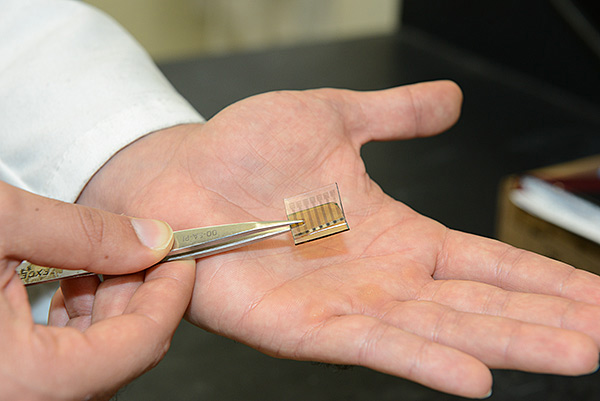These cells, if they enter into commercial production, would be much cheaper to produce than conventional cells using materials such as indium and silver which is commonly used for many other purposes and are not exactly abundant, unlike carbon. However, all is not quite so perfect. Stanford solar cells absorb wavelengths of light primarily the near-infrared spectrum. This makes their performance less than 1%, which is much less than conventional cells. However, they hope that with better materials and techniques they can significantly raise efficiency.
Study senior author, Zhenan Bao said “We clearly have a long way to go on efficiency, but with better materials and better processing techniques, we expect that the efficiency will go up quite dramatically.” He also mentioned “Materials made of carbon are very robust. They remain stable in air temperatures of nearly 1,100 degrees Fahrenheit.” This property will surely have a huge impact on the production and usage, as it will more than likely replace all the current devices used in extreme conditions. All they have to do now is get them to work efficiently.
What do you think about emerging solar cell technology? Tell us in our Forum




